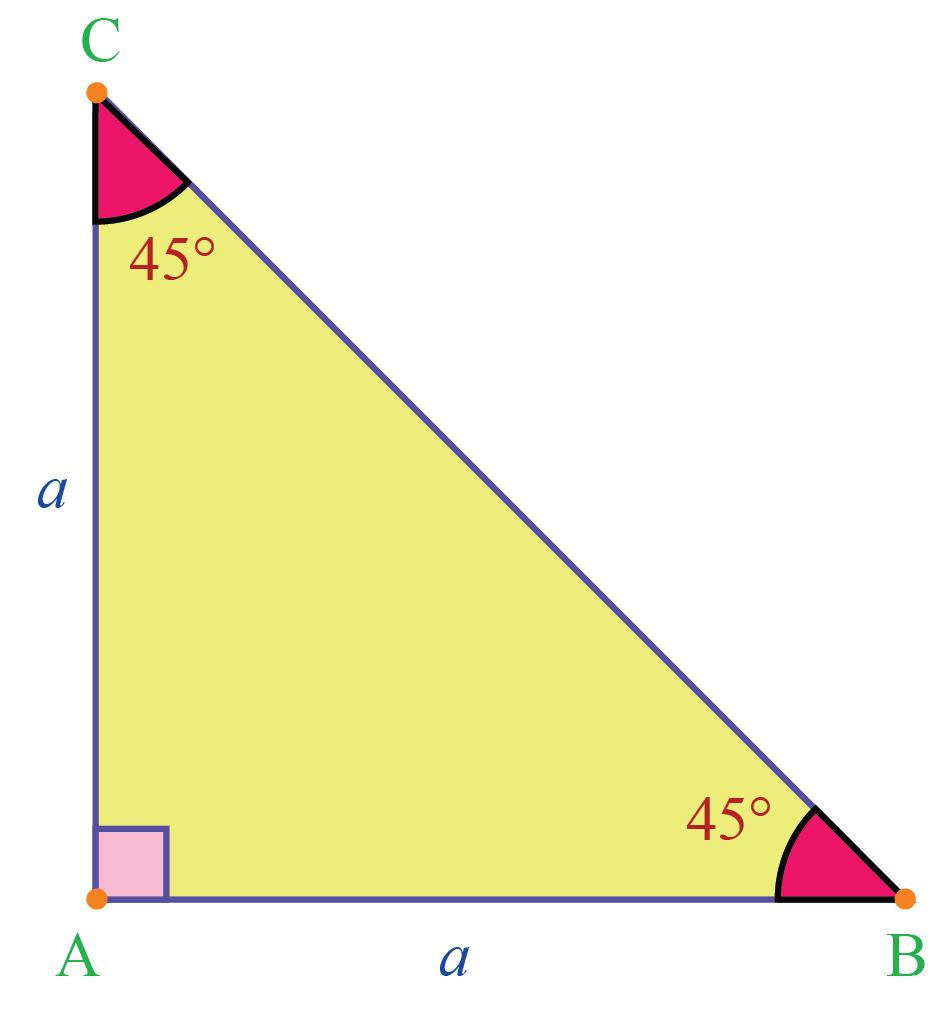


Īs well as the isosceles right triangle, several other specific shapes of isosceles triangles have been studied. In Edwin Abbott's book Flatland, this classification of shapes was used as a satire of social hierarchy: isosceles triangles represented the working class, with acute isosceles triangles higher in the hierarchy than right or obtuse isosceles triangles. Since a triangle is obtuse or right if and only if one of its angles is obtuse or right, respectively, an isosceles triangle is obtuse, right or acute if and only if its apex angle is respectively obtuse, right or acute. In Euclidean geometry, the base angles can not be obtuse (greater than 90°) or right (equal to 90°) because their measures would sum to at least 180°, the total of all angles in any Euclidean triangle. Whether an isosceles triangle is acute, right or obtuse depends only on the angle at its apex. In the equilateral triangle case, since all sides are equal, any side can be called the base. The vertex opposite the base is called the apex. The angle included by the legs is called the vertex angle and the angles that have the base as one of their sides are called the base angles. In an isosceles triangle that has exactly two equal sides, the equal sides are called legs and the third side is called the base.

The same word is used, for instance, for isosceles trapezoids, trapezoids with two equal sides, and for isosceles sets, sets of points every three of which form an isosceles triangle. "Isosceles" is made from the Greek roots "isos" (equal) and "skelos" (leg). A triangle that is not isosceles (having three unequal sides) is called scalene.

The difference between these two definitions is that the modern version makes equilateral triangles (with three equal sides) a special case of isosceles triangles. Terminology, classification, and examples Įuclid defined an isosceles triangle as a triangle with exactly two equal sides, but modern treatments prefer to define isosceles triangles as having at least two equal sides.


 0 kommentar(er)
0 kommentar(er)
